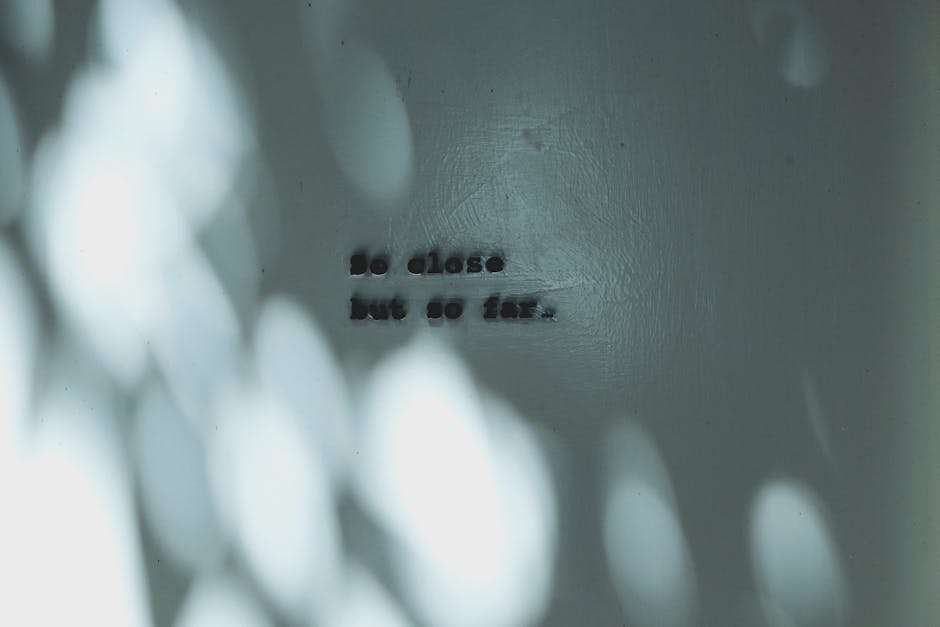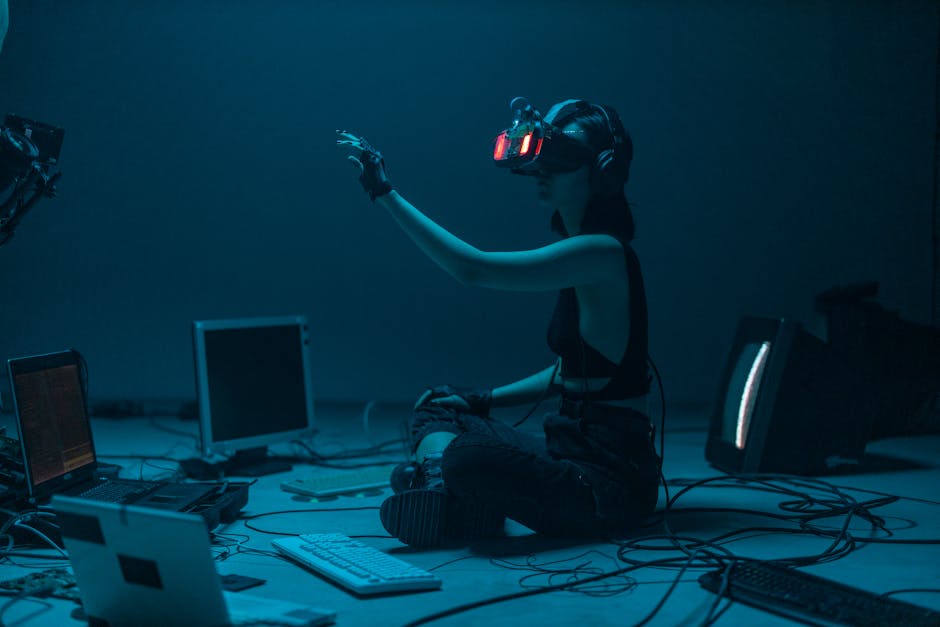The Silent Communication: Game Design's Secret Body Language
In a world where gaming has transcended simple entertainment to become a pivotal cultural phenomenon, understanding the nuances of game design, particularly how it commands players’ emotions through body language and non-verbal cues, is essential. The truth is, much of what connects players to the narrative and mechanics of the game occurs in silence, whispering directly to our instincts. This article dives deep into how game design utilizes this silent communication, allowing players to form connections that are as intimate as they are immersive.
Understanding Non-Verbal Communication in Gaming

When we think about communication in gaming, words often come to mind first—scripts, dialogue, and character interactions. However, the most profound connections happen non-verbally. Think about it: how often do your emotions shift while playing due to a character's posture, the visual atmosphere, or the strategic use of space? This silent language, consisting of body language and environmental storytelling, can communicate much more than dialogue alone.
Research has shown that non-verbal cues account for a vast majority of our communication; this holds true in gaming as well. For example, consider a character that stands tall with an open posture versus one that slumps or looks away. The former radiates confidence and approachability, while the latter might elicit feelings of distrust or unease. By crafting these subtle cues, developers can manipulate player emotions dramatically, deepening their investment in the gameplay experience without uttering a single word.
The Importance of Body Language in Game Design

Character Design: Moving Beyond Words

Character design plays a pivotal role in establishing the initial connection between a player and the game world. Unique character models embedded with intentional body language traits draw players in. Whether it’s an intimidating antagonist's fierce gait or a friendly sidekick’s excited jumps, every movement serves an essential purpose.
For instance, games like The Last of Us utilize characters' emotional responses through subtle animation, presenting their struggles, fears, and hopes in ways words cannot encapsulate. By using body language to express emotional states, developers create far more potent character arcs that resonate with players.
Environmental Storytelling: Setting the Mood

Beyond individual character designs, the broader game environment communicates messages that players absorb subconsciously. From color palettes to spatial dynamics, everything influences how players feel. A dimly lit alley in a Grand Theft Auto game immediately sets a tone of danger and stealth. In contrast, bright, open fields in a game like Breath of the Wild evoke wonder and tranquility.
Every element within a game's world can tell a piece of the story, showing players the stakes without explicitly stating them. This ability to convey messages through environment allows players to engage emotionally, what we call "immersive storytelling." The immersive world beckons the player with an almost magnetic force, where they feel they are part of the narrative, allowing for a stronger emotional connection.
The Impact of Animation: A Dancer’s Precision

In a recent discussion on game animation principles, noted animator Kella McDonald emphasized the importance of fluid movements that communicate emotion. The mechanics of animation are not just about aesthetics; they're about psychology. Jumping, falling, and running each articulate different emotional states and intentions. Learning these principles allows developers to present characters that feel dynamic and real.
Moreover, small movements, like a character rolling their eyes or clenching their fists, convey feelings and reactions that, when paired with strategic game moments, effectively deepen the overall experience. Gamers may not articulate why these cues resonate so deeply, but they undeniably do.
How Game Mechanics Foster Player Emotions

Many contemporary games also leverage mechanics that weave body language into the broader tapestry of gameplay. The clever integration of game systems can naturally direct attention to non-verbal cues.
Emphasis on Player Agency

Game designs that empower players to make decisions create a stronger emotional bond, rooting for characters not just through dialogue, but also through their actions and consequences. Titles like Detroit: Become Human thrive on this mechanic, providing players with opportunities to shape storylines based on the emotions they wish to explore. This scenario allows them to reflect on body language themselves, making choices that feel deeply personal and reflective of their values.
You'll often find players becoming attached to outcomes based on how well they understand body language and emotional signals, which creates a unique blend of gameplay that focuses on empathy and connection.
Collaborative Gameplay: Reading Between the Lines

Online games, particularly cooperative ones like Overcooked! or Among Us, rely heavily on non-verbal communication. Players must gesticulate and utilize body language to signal intentions and strategies to teammates and rivals. The art of reading these subtle cues can make or break a team's success, heightening the connection players feel towards each other and the game.
As players navigate these social spheres, the synergy produced by non-verbal communication dramatically enhances the connection, revealing how body language plays into the overall emotional gameplay experience.
The Silent Language of Game Cultural Nuances

One of the fascinating aspects of game design is its ability to reflect cultural nuances. Incorporating body language that resonates with specific groups can craft more authentic user experiences. For instance, in some cultures, a slight nod can convey agreement, while in others, it may have different implications. Developers who consider the cultural weight of movements can create narratives that engage more thoroughly with players' backgrounds.
Crafting Inclusive Experiences

Inclusive game design acknowledges and harnesses subtle cultural body language to enhance player engagement. Featured in many recent developments, using culturally relevant gestures or signals can make a player feel seen and understood.
This notion extends to the development of NPC (non-playable characters) behavior as well, where thoughtful inclusion of various cultural expressions deepens player associations with the game world and makes for holistic storytelling experiences.
Real-World Applications of Non-Verbal Cues in Gaming

Beyond Entertainment: Therapeutic Dimensions

Interestingly, the power of body language in gaming extends beyond mere entertainment. Digital environments are increasingly being used in therapeutic scenarios, harnessing games to facilitate healing through non-verbal communication. As players navigate challenges and experience virtual interactions, they often confront their issues empathetically with the aid of digital proxies.
The incorporation of body language subtly encourages players to reflect on their own emotions. The game participants may not realize they are learning resilience and emotional intelligence until long after they have left the virtual world.
If you’re interested in the broader implications of gaming on emotional well-being, explore how gaming can gamify mental health and create supportive scenarios in spaces designed for relaxation and reflection.
Fostering a Sense of Community

Communities surrounding games often thrive on shared interactions and experiences, which can primarily be understood through body language and non-verbal cues. Players pick up on the dynamics within communities through their interactions, leading to memories and connections that can last a lifetime.
Games like Fortnite and World of Warcraft incorporate body gestures in their character interactions. Emotes and dances are not merely for entertainment; they serve as social tools, enabling players to relate with one another beyond their avatars, forming friendships, and bonds that obscure the boundaries of the digital divide.
Harnessing the Power of Non-Verbal Communication: Next Steps

As we look to the future of game design, the silent communication present in body language and non-verbal cues becomes increasing integral. Developers poised to innovate in this realm will not only craft richer narratives but also enhance emotional intelligence among players.
To dive deeper into game design's fascinating elements, consider exploring articles that discuss the emotional intelligence of game design and craft engaging narratives as well.
The journey of understanding and appreciating non-verbal communication in gaming offers unique insights. As players, when we start to appreciate the subtleties—the posture, the gestures, and the environmental cues—we unlock a layer of gameplay that turns gaming into a profoundly immersive experience.
Final Thoughts
In exploring the silent communication of game design through body language and non-verbal cues, it’s clear that what often goes unsaid speaks volumes. The emotional connections players form through graphics and atmospheric cues are as impactful as dialogues and cinematic story arcs.
As technology advances, the potential to refine and enrich these connections grows. By embracing these intricate elements of game design, players can experience not simply a game but a world where they feel seen, heard, and altogether connected.
For additional insights into how gaming affects both individual and community well-being, check out these resources on how NPCs can bridge mental health and gaming, proving that the power of games extends far beyond entertainment.


